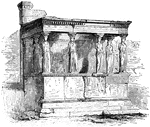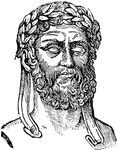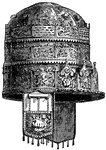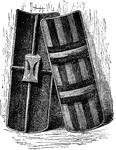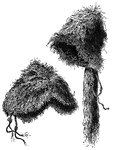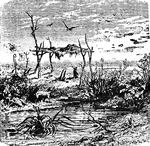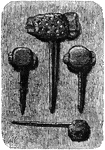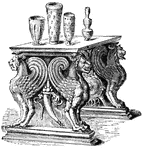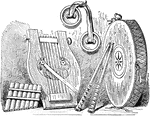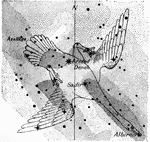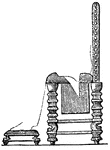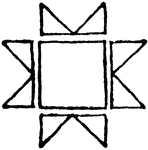
Star Designs
An emblem seen the world over in decoration, especially in synagogues. It is common in the Caucasian…
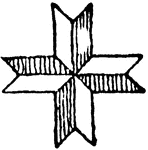
Star Designs
An emblem seen the world over in decoration, especially in synagogues. It is common in the Caucasian…
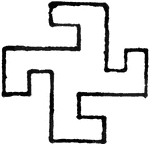
Swastika Design
"Derived from the Sanscrit word Svasti, which means good pretence. It dates bck three or four thousand…

Swastika Design
"Derived from the Sanscrit word Svasti, which means good pretence. It dates bck three or four thousand…
Swastika Design
"Derived from the Sanscrit word Svasti, which means good pretence. It dates bck three or four thousand…
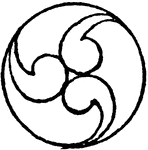
Tomoye Design
This design owes its origin to some ancient conception of elemental forces. It has been adopted by Korea…

Pantheon
"The finest monument of this time is the Pantheon of Rome, first built about B.C. 27, which is one of…
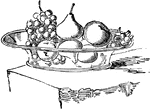
Still Life Painting from Pompeii
"Painting of still life. On a wall of a house at Pompeii." —D'Anvers, 1895

Radish
A fleshy plant grown extensively as a garden vegetable. It is thought to be native to India, where it…
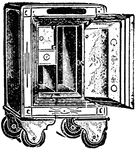
Safe
An iron or iron and steel receptacle for protecting valuables against burglers and fire. Documents and…
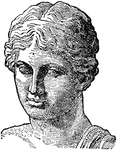
Sappho
An Ancient Greek lyric poet from the city of Eressos on the island of Lesbos, which was a cultural centre…

Percy Shelley
A noted poet, born in Sussex, England, Aug. 4, 1792; died July 8, 1822. He was the eldest son of Sir…

Solon
The great legislator and one of the seven wise men of Greece, born in Athens in 638; died in 558 B.C.…

Thucydides
An eminent historian, born in Athens, Greece, about 471; died about 400 B.C. He was a son of Olorus,…

Nile River
Pheron the king of ancient Egypt is moving an unthinkable amount of soldiers and supplies across the…
Egyptian Music
This illustration shows harps, pipe, and flute, from an ancient tomb near the Pyramids.

Ancient Egyptian Music
This image shows a group of ancient egyptian street musicians. (1) Woman with a tall light harp with…

Ancient Banjo
This image shows two different forms of the ancient banjo. It is equipped with 4 string, and has a curved…
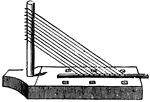
Kinnor
Kinnor is the Hebrew name for an ancient stringed instrument, the first mentioned in the Bible where…
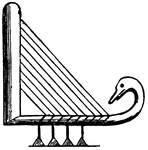
Kinnor
Kinnor is the Hebrew name for an ancient stringed instrument, the first mentioned in the Bible where…
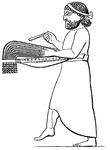
Ancient Percussion
There are several instances of some sort of ancient instrument, consisting of metallic plates or rods,…

Lyre
A stringed musical instrument well known for its use in Classical Antiquity. The recitations of the…

Cithara
A seven-stringed lyre with a deep, wooden sounding box. Primarily used by the ancient Greeks, this instrument…
Ke
The main instrument in ancient Chinese culture. It is a stringed instrument entirely unlike any other…

Pipe Organ
This image shows an ancient pipe organ. A pipe organ is a keyboard instrument that makes its sound by…
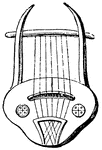
Lyre
A stringed instrument well known for its use in Classical Antiquity. It was used mainly by the Ancient…
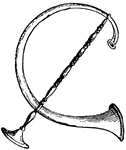
Syrinx
An ancient musical instrument based on the principle of the stopped pipe, consisting usually of ten…

Raniceps Lyellii
This illustration represents a skeleton of another species of ancient amphibian reptiles.
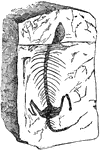
Fossil
This illustration shows the ancient fossile of an amphibian. Fossils are the mineralized or otherwise…
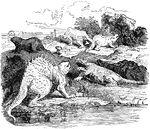
Ancient Animals
This is an illustration of the smaller animals from the time when Dinosaurs ruled the planet.

Pola Amphitheater
This is an illustration of the Amphitheater of Pola. It is 450 feet long and 360 broad. A temple and…

Ramses
The founding Pharaoh of Ancient Egypt's 19th dynasty. The dates for his short reign are unclear, but…
